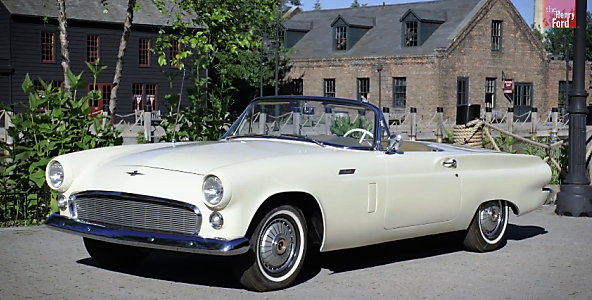- Home
- Our Story
-
Past Events
- Up Coming Events
-
Photos
- June in Sacramento 2023
- As seen at a local Cruise-In
- Prisoners of Time
- 1962 Budd XT Bird
- 1961 Buick Flamingo
- 1916 Gas Prices
- Ford History Video
- Consumer Reports
- Fords of the 1950's
- 57-58 Thunderbird
- Driving to Wichita 2006
- Circus Party at 2008 International Convention
- Working on members' cars
- 1957 Rebuild
- Contact Us
- Join Us
-
Tech Tips
- Preparing for winter storage
- Cooling System >
- Electrical >
- Slide Shows >
- Cleaning Tips
- Valve Adjust tip
- 1955 Shop Manual error
- Turning Rotors
- Welding around Brake Cleaner
- Paint on Chrome
- Wind Wing Glass Removal
- Automatic Transmission Removal
- Arm Protection
- Changing the Fuel Pump
- Rusty Lug Nuts
- Local Parts availability
- Club Store
- Bird Watcher
- Cruise-Ins
- Auto Service Recommendations

